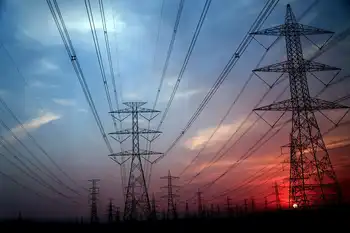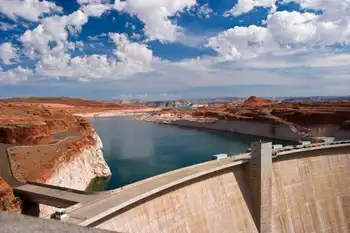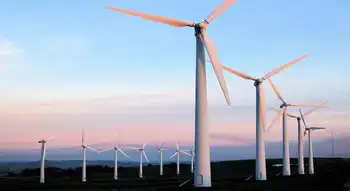China reveals 2015 energy plans
Crude oil refining capacity is expected to rise 12 percent to 600 million metric tons or 12 million barrels per day bpd by the end of 2015, state media cited the country's top energy official as saying.
In a refinery building boom to fuel its robust economic growth, China will add a total of 100 million metric tons of annual crude refining capacity in the next five years, the official Xinhua news agency quoted Zhang Guobao, head of the National Energy Administration, as saying.
China's crude oil refining capacity topped 500 million metric tons per year or 10 million bpd, in 2010, Zhang Ping, the head of the National Development and Reform Commission NDRC, said.
Zhang Ping told a national energy meeting that the country had 17 large refineries, each with a capacity of at least 10 million metric tons per year.
But the new capacity is lower than a Reuters calculation based on industry officials and local media, which showed that China is likely to add more than 3.0 million bpd of new refining capacity between 2011 and 2015.
One refinery that would add 400,000 bpd of capacity is a Chinese-Venezuelan joint venture that got environmental approval from China.
China is trying to restrict energy wastage and reduce the energy intensity of its economy, a campaign that largely means limiting the growth of the dirtiest fossil fuel, coal. Output of coal hit 3.2 billion metric tons in 2010, up from 2.96 billion metric tons in 2009.
Zhang Ping said the country had met its five-year target to reduce energy consumption per unit of gross domestic product by 20 percent by the end of 2010.
Chinese officials are still deliberating on energy intensity targets for the next five years, but Chinese media reports suggested last October that the figure for 2011-2015 could be 17.3 percent.
The government has also yet to release a new plan for alternative energy, which is expected to boost the existing targets for power sources such as nuclear, hydro and wind by 2020, which have been surpassed since they were set out in 2007.
Zhang Guobao said by 2015 China should add 38 gigawatts of nuclear power capacity and 140 gigawatts of hydropower capacity. That compares to about 10 GW and 200 GW at the end of 2010, respectively, out of total capacity of 950 GW.
He did not give a forecast for future power capacity, but Liu Zhenhua, general manager of the State Grid Corp of China, said it would by 1,440 GW by 2015 and 1,760 GW by 2020, implying growth of 52 percent in the next five years and then a further 22 percent rise in the following five years.
China's wind power capacity is expected to overtake nuclear in the next few years, but Zhang did not give any forecast for wind, only saying there would be more large-scale windfarms in provinces such as Inner Mongolia and Gansu.
In a bold bid to improve the efficiency of its coal resources, many of which lie far from the areas of high demand, China is also building ultra-high voltage power transmission lines.
It plans to invest more than 500 billion yuan US $75.5 billion in the technology by 2015, building 40,000 km of UHV lines.
In a bold bid to improve the efficiency of its coal resources, many of which lie far from the areas of high demand, China is also building ultra-high voltage power transmission lines.
It plans to invest more than 500 billion yuan US $75.5 billion in the technology by 2015, building 40,000 km of UHV lines.
Related News

Energy Security Support to Ukraine
WASHINGTON - In the midst of Russia’s continued brutal attacks against Ukraine’s energy infrastructure, Secretary of State Blinken announced today during a meeting of the G7+ on the margins of the NATO Ministerial in Bucharest that the United States government is providing over $53 million to support acquisition of critical electricity grid equipment. This equipment will be rapidly delivered to Ukraine on an emergency basis to help Ukrainians persevere through the winter. This supply package will include distribution transformers, circuit breakers, surge arresters, disconnectors, vehicles and other key equipment.
This new assistance is in addition to $55 million in emergency energy…





